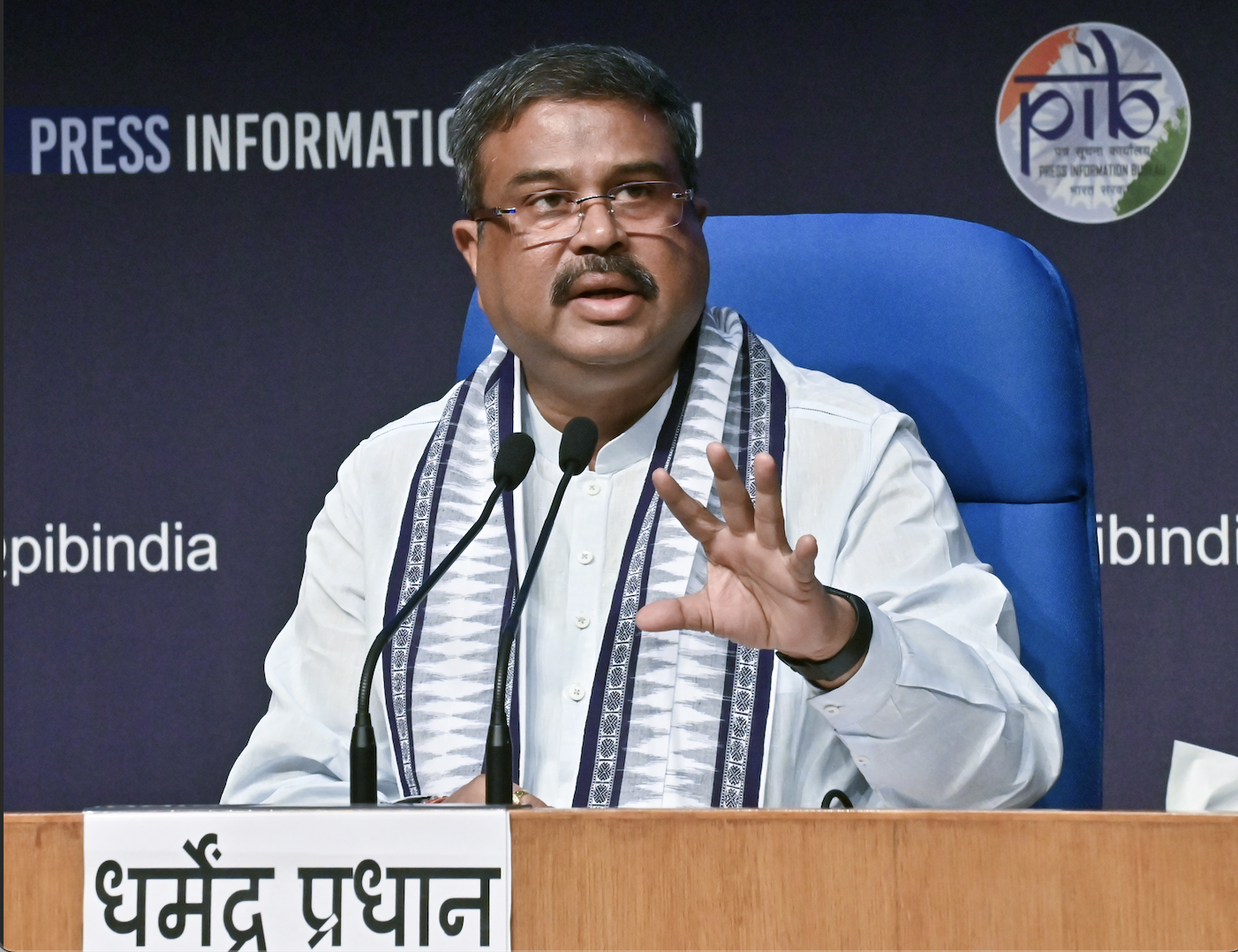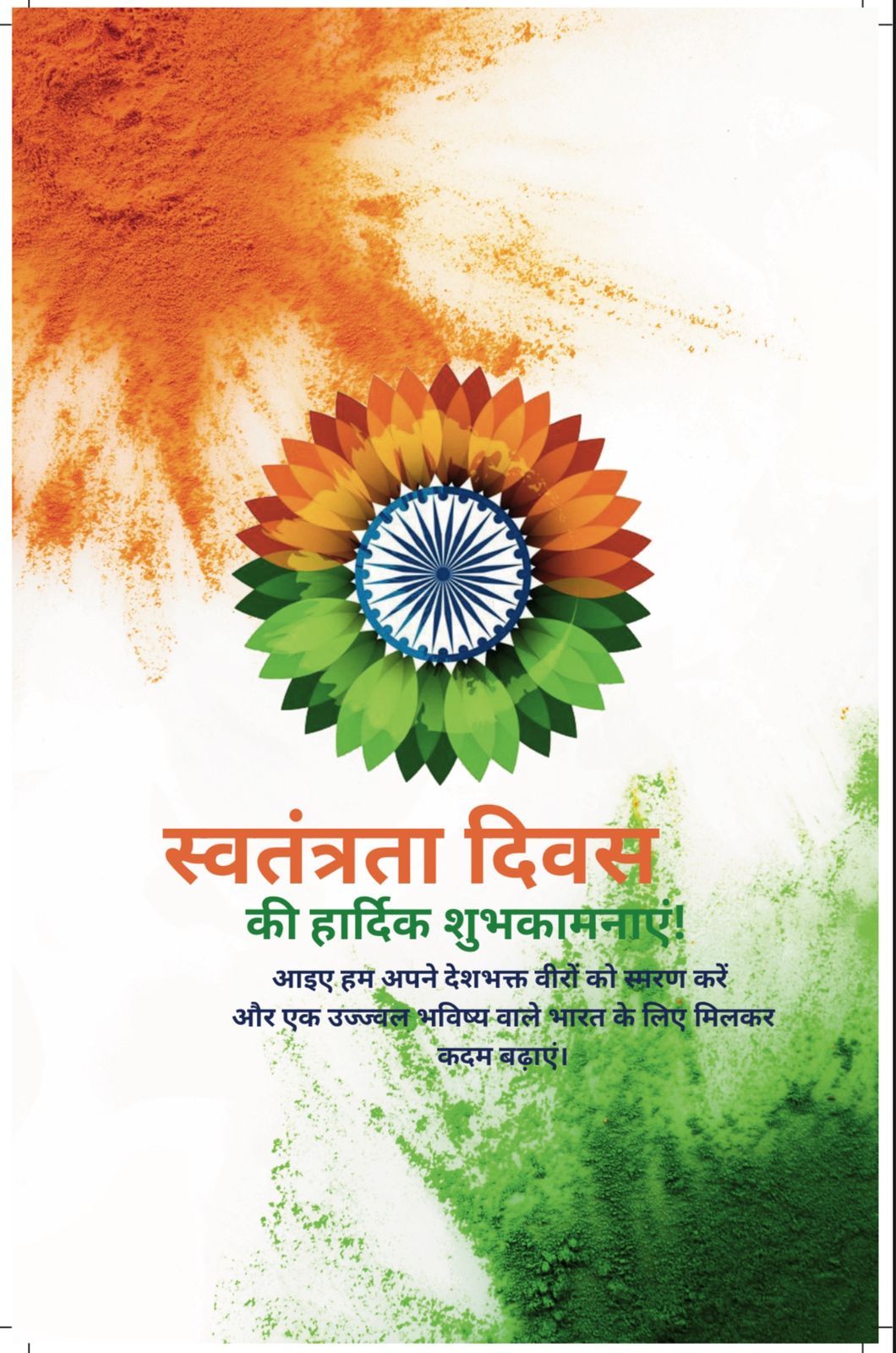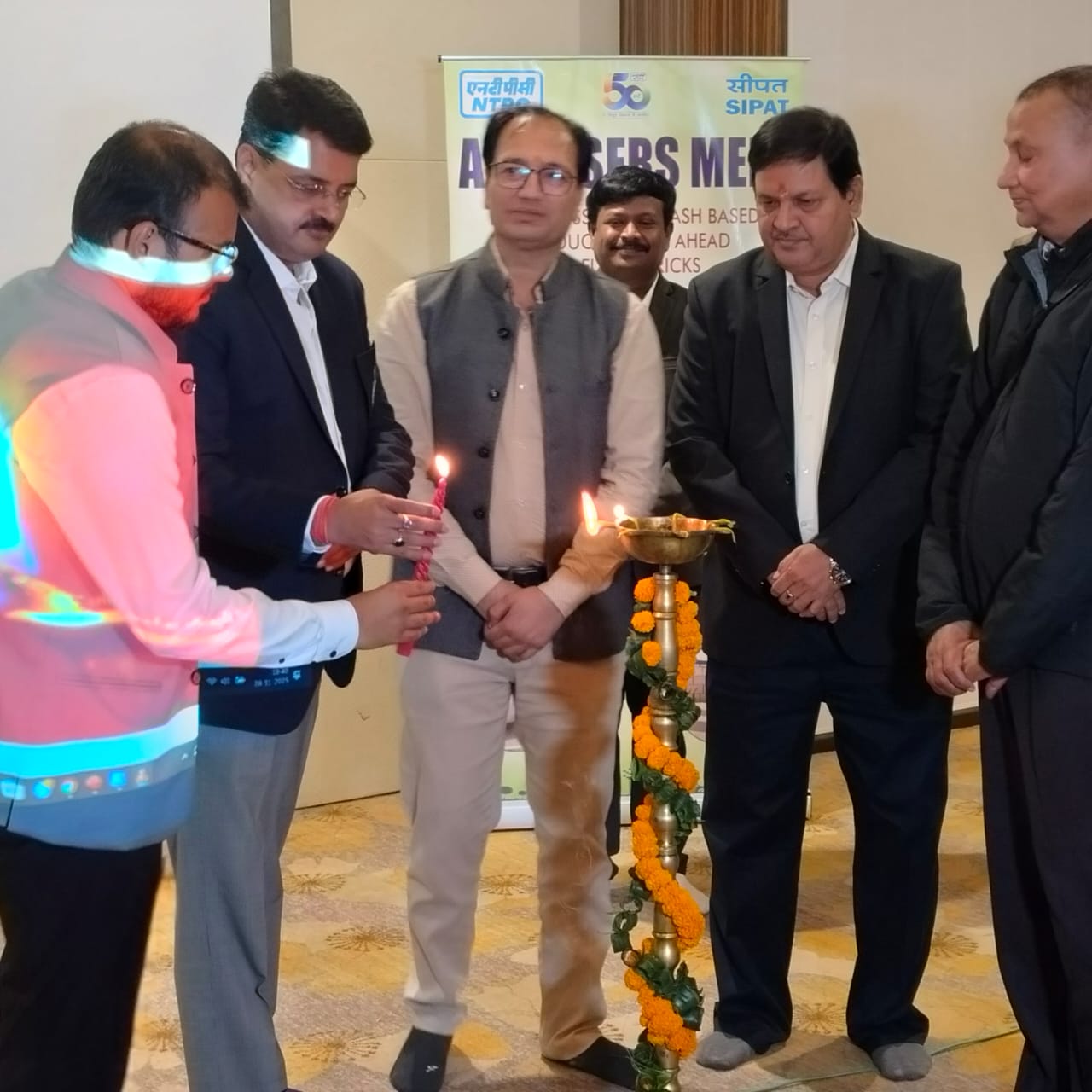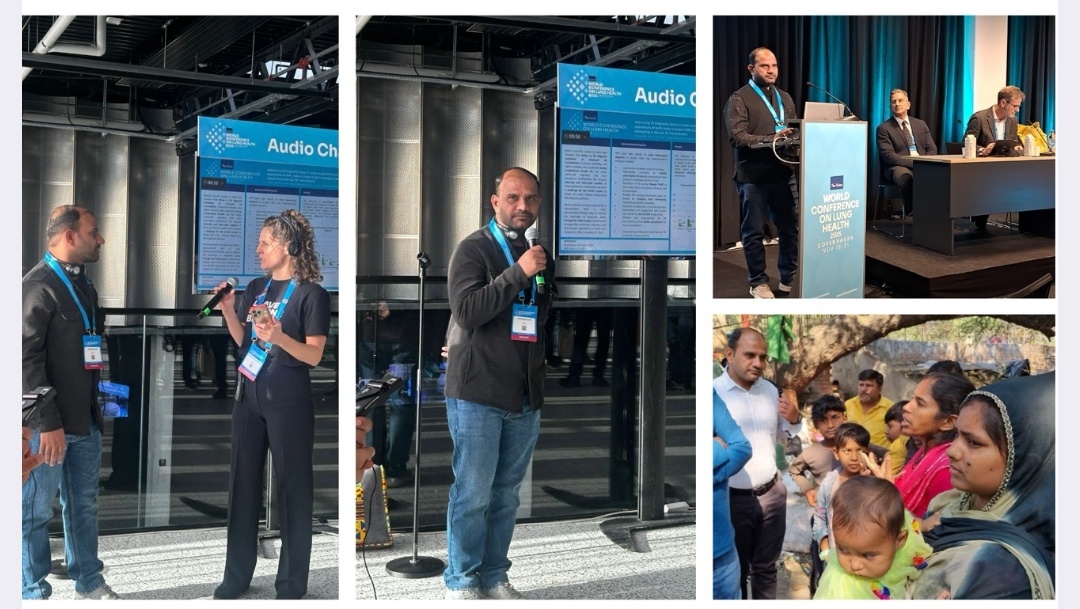By : Dharmendra Pradhan
New Delhi : In 2020, India did more than release a policy, it rekindled an ancient ideal. With the National Education Policy, learning was once again placed at the heart of nation-building, drawing from our civilisational wisdom to shape the possibilities of the future. Framed through one of the most participatory policy-making processes in our nation’s history and guided by the foresight of (Late) Dr. K. Kasturirangan, whose contribution we deeply honour, NEP 2020 was not merely a policy document. It was a visionary roadmap rooted in our cultural values, reimagining learning as a process free from the confines of rote memorisation, rigid structures, and linguistic hierarchies. It set the stage for an education system that is holistic, inclusive, and future-ready, an education that empowers every learner to thrive in a rapidly changing world. Five years on, the NEP’s transformational impact is visible not just in policy corridors but across classrooms, campuses, and communities. It has redefined both the structure and spirit of India’s education system, holistic in approach, learner-centric in design, and equitable in reach. Today, NEP’s imprint can be seen in early childhood classrooms where joyful, play-based learning is displacing rote memorisation; in schools where children read with fluency in their mother tongue; in vocational labs where Class 6 students explore hands-on skills; and in research hubs where India’s knowledge systems engage in dialogue with cutting-edge science. It is reflected in the rise of women in STEM fields, in the growing global presence of Indian institutions, in inclusive classrooms that embrace diversity, and in the renewed belief that learning must be a lifelong pursuit.
Our foremost priority has been to rebuild the foundation of learning. The NIPUN Bharat Mission has been instrumental in bringing about a positive impact with significant improvement in learning outcomes by ensuring that all children attain foundational literacy and numeracy by Grade 2 as envisioned in NEP 2020. NIPUN Bharat’s success, reflected in ASER 2024 and the PARAKH RashtriyaSarvekshan 2024, which has turned classrooms into spaces of curiosity and comprehension, not just compliance.
Initiatives like Vidya Pravesh and the institutionalisation of Balvatikas have laid a strong foundation for integrating early childhood care and education across the country. Further supporting this is the development of new age textbooks and the introduction of JaaduiPitara and e-JaaduiPitara in 22 Indian languages. More than 14 lakh teachers have completed NISHTHA training, and platforms like DIKSHA have expanded access to high-quality teaching resources nationwide.
Equally foundational is the policy’s focus on language. NEP recognised that language is not a hurdle but a powerful medium of empowerment. With 117 language primers developed and the introduction of Indian Sign Language as a subject, the vision of multilingual, inclusive education is being realised at scale. These efforts not only enhance cognitive skills but reinforce a child’s cultural identity. Initiatives like the Bhartiya Bhasha Pustak Yojana and the National Digital Depository for Indian Knowledge Systems will further democratise access to linguistic and civilisational learning. Subsequently, the NEP has reimagined new curriculum and textbooks for igniting curiosity and critical thinking among students. The National Curriculum Framework for School Education (NCF-SE) and new textbooks for Grades 1–8 are already in place, promoting competency-based learning and integration across disciplines. The bridge programs for curriculum transition and experiential learning initiatives like Prerana are ensuring students are not overwhelmed, but supported through each phase. With the vibrant efforts of centrally sponsored schemes like Samagra Shiksha and PM POSHAN, India has achieved near-universal enrolment, with GER reaching 91.7% at the elementary level, and steady gains at the secondary level. The focus now is on improving learning outcomes across all levels of school education. The NEP’s reach has also extended to previously underserved populations. More than 7.12 lakh girls from disadvantaged groups are enrolled in over 5,138 Kasturba Gandhi Balika Vidyalayas, over 490 hostels have been sanctioned for PVTG learners and 692 hostels under DhartiAabaJanjatiya Gram Utkarsh Abhiyan (DAJGUA). These efforts to expand equitable access and reduce dropouts reflect another defining achievement of NEP 2020, universal access to school education. With stronger infrastructure, inclusive programs like PRASHAST for disability screening, and new digital tools, the schooling system is becoming more resilient and inclusive. A key driver of this transformation is the establishment of 14,500 PM SHRI Schools. These modern, inclusive, and green institutions are being developed as exemplars schools aligned with the NEP vision, redefining infrastructure and pedagogy while catalyzing innovation and best practices in their regions. To foster community engagement, the Vidyanjali platform has connected over 8.2 lakh schools with more than 5.3 lakh volunteers and 2000 CSR partners, directly benefiting 1.7 crore students. It is an extraordinary example of Jan Bhagidari, strengthening the learning ecosystem through shared responsibility. In higher education, the transformation is no less profound. Total enrolment has risen from 3.42 crore to 4.46 crore, a 30.5% increase. Women now comprise nearly 48% of all students, and female PhD enrolment has more than doubled from 0.48 lakh to 1.12 lakh. This expansion in enrolment, especially for SC, ST, OBC, and minority students, marks a historic achievement for inclusivity in higher education. Female GER has surpassed male GER for six consecutive years, an inspiring testament to NEP’s equity vision. Parallel to this, the structural fabric of higher education has been reshaped. The introduction of Multiple Entry and Exit (MEME), the Academic Bank of Credits (ABC) with over 21.12 crore APAAR IDs issued, and the National Credit Framework (NCrF) have provided unprecedented flexibility and mobility. With 153 universities offering multiple entry and 74 offering multiple exit options, learning is no longer linear, it is modular, student-driven, and future-ready. The operationalisation of these frameworks, MEME, ABC, and NCrF, has made India one of the few countries to support lifelong learning through such integrated digital academic systems. NEP’s emphasis on research and innovation has already yielded dividends. From improving India’s Global Innovation Index rank from 81st to 39th, to incubating over 18,000 start-ups across 400 HEIs, our campuses are fast becoming innovation hubs. The Anusandhan NRF, revamped PMRF 2.0, and the ₹6,000 crore One Nation One Subscription initiative further demonstrate our commitment to democratising and decentralising access to research. Technology continues to be a driving force. Platforms like SWAYAM and SWAYAM Plus have collectively recorded over 5.3 crore enrolments, and with the support of initiatives like DIKSHA and PM E-Vidya with over 200 DTH Channels, are making high-quality content available to learners across the country. The success of India’s digital learning ecosystem, including the roll-out of biannual admissions, dual degree regulations, has made higher education more inclusive, interdisciplinary, and industry-relevant.
India’s rising academic standing is now reflected globally. In the QS World University Rankings 2026, 54 Indian institutions made the list, up from just 11 in 2014. Simultaneously, global universities like Deakin, Wollongong, and Southampton have set up campuses in India, a testament to our growing credibility and ambition. This transformative journey is being celebrated through the Akhil Bharatiya Shiksha Samagam, but more importantly, it is being measured in the quiet confidence of millions of learners, teachers, and parents. NEP 2020 was never an announcement. It is an unfolding renaissance, not marked by noise but by depth, not by speed but by scale.
Yet, we remain mindful of the road ahead. We must continue to green our campuses, expand critical research infrastructure, nurture talent in frontier technologies, and deepen learning outcomes in every district. Under the visionary leadership of Prime Minister Shri Narendra Modi, we have realised that education is not just policy, it is our greatest national investment, our moral compass, and our collective promise to the future. The flame that was lit in 2020 now lights up every corner of our education system. But its true purpose is to spark a million more, across homes, hearts, and horizons. Yatra vidya, tatrapragati, where there is learning, there is progress. A billion minds, unshackled and empowered, are not just a demographic dividend; they are the supernova of a new India. This is Bharat’s sankalp, unfolding each day in the luminous dreams of children who now believe they can soar high while staying rooted, and who will shape the destiny of a developed India.
NEP @5: Laying the foundation for Viksit Bharat





